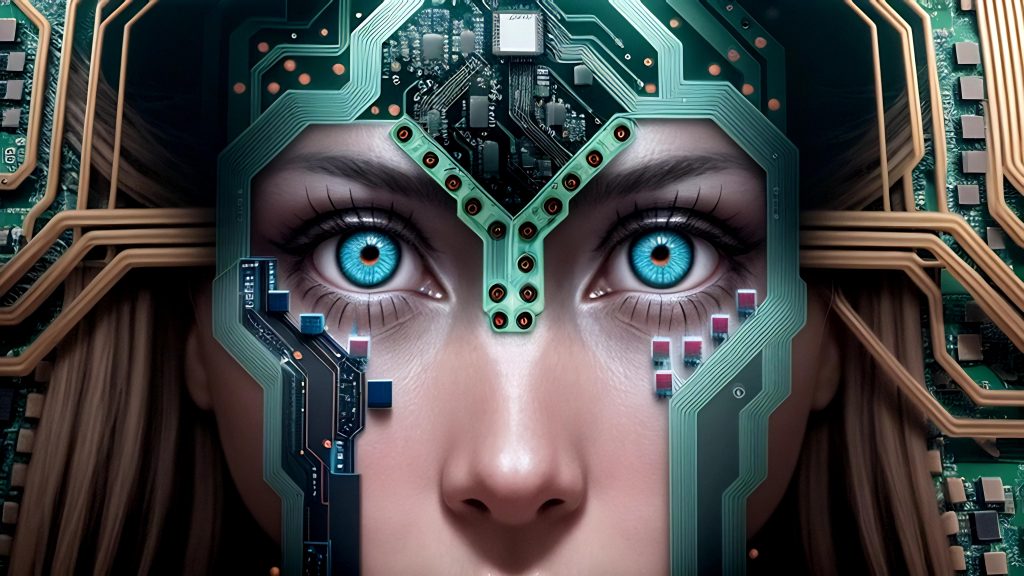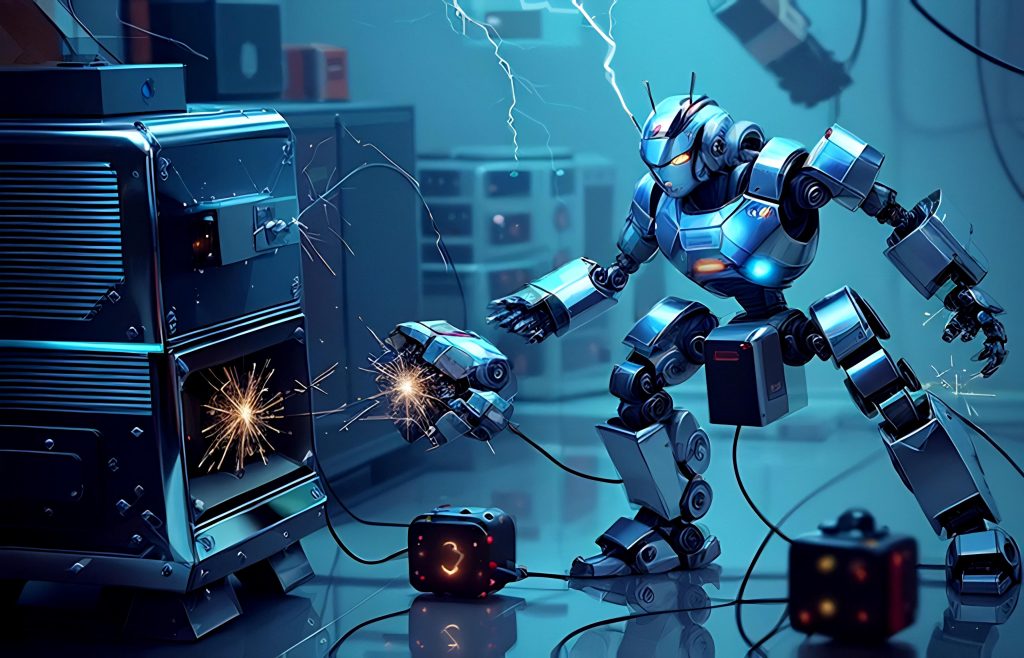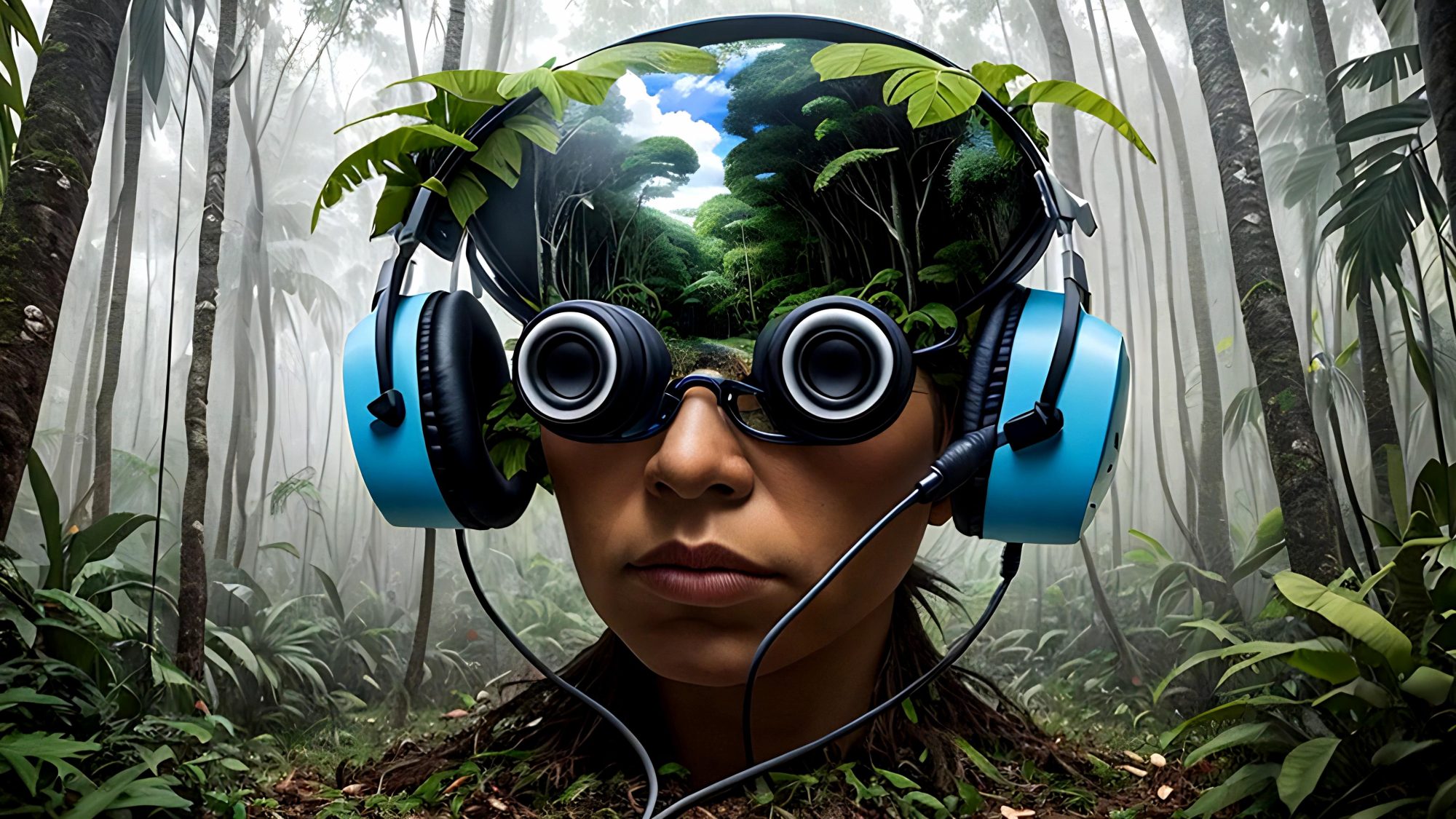1. Music Discovery in the Digital Age
Music discovery today is driven by a blend of algorithmic intelligence and social virality:
- Social Media Algorithms: Platforms like TikTok use machine learning models (e.g., collaborative filtering and content-based recommendation) to surface music based on user behavior, video engagement, and trending audio clips. A 15-second viral dance can catapult an unknown track into global charts.
- Streaming Services: Spotify’s Discover Weekly and Apple Music’s “New Music Mix” use deep learning models trained on user listening history, genre preferences, and skip behavior to recommend new tracks. These systems often rely on embeddings — numerical representations of songs and users — to match listeners with music they’re likely to enjoy.
- Video Platforms: YouTube’s recommendation engine combines watch history, search queries, and engagement metrics to suggest music videos. The platform’s autoplay and sidebar suggestions are key drivers of passive music discovery.
2. The Power of Music Videos for Artists
For Emerging Artists
Music videos serve as a launchpad for visibility and credibility:
- Industry Recognition: A well-produced video acts as a visual résumé. For example, a 4K video shot with a RED Digital Cinema camera and edited in DaVinci Resolve can showcase professional-grade production values that attract label scouts.
- Brand Elevation: Visual branding — consistent color grading, typography, and wardrobe — helps artists establish a recognizable aesthetic. Tools like Adobe After Effects allow for custom motion graphics that reinforce brand identity.
- Global Reach: Uploading to platforms like YouTube with optimized metadata (title, tags, description) and closed captions improves discoverability via search and accessibility.
- Artistic Vision: Music videos can incorporate visual metaphors, narrative arcs, and choreography that reflect the artist’s message. For example, Billie Eilish’s “bury a friend” uses horror-inspired cinematography to mirror lyrical themes.
For Established Artists
Music videos deepen engagement and expand monetization:
- Deeper Fan Connection: Behind-the-scenes vlogs, lyric videos, and visual albums offer fans a more intimate look into the artist’s world. These formats are often shot with handheld gimbals or mirrorless cameras for a personal feel.
- Boosting Consumption: Nielsen studies show that music videos increase streaming by up to 20% in the first week of release. Embedding videos in Spotify Canvas or Apple Music’s visual loops enhances retention.
- Narrative Building: Videos like Beyoncé’s “Lemonade” use cinematic storytelling to build a cohesive brand narrative across an album. This can be supported by transmedia storytelling — extending the narrative into social media, interviews, and live performances.
- Revenue Streams: Product placement (e.g., Beats headphones, luxury fashion) and branded integrations can be tracked using affiliate links and QR codes embedded in the video or description.
- Social Media Content: Short-form clips (5–15 seconds) extracted from the music video can be repurposed for Instagram Reels, TikTok, and YouTube Shorts, maximizing reach and engagement.
3. The Hybrid Approach: AI Meets Traditional Filmmaking
Blending AI with traditional production unlocks new creative possibilities, and some artists are already embracing this duality. A compelling example is from Bay Area thrash metal legends Testament, who in 2025 released two contrasting music videos for their album Para Bellum:
- “Infanticide A.I.” was presented as a traditionally-shot video, directed by Joey Durango, featuring live-action performances, practical effects, and cinematic storytelling.
- “Shadow People”, on the other hand, was a fully AI-generated video, created using advanced generative tools to visualize surreal, dystopian themes that align with the song’s concept.
This dual-release strategy highlights the strengths of both approaches:
- Traditional video: Offers emotional authenticity, human nuance, and tactile realism.
- AI-generated video: Enables rapid production, imaginative visuals, and cost-effective experimentation.
Artists and labels adopting this hybrid model benefit from:
- Surreal Visuals: AI tools like Runway ML or Kaiber can generate dreamlike sequences based on text prompts.
- Rapid Ideation: Midjourney or DALL·E can prototype visual styles before committing to full shoots.
- Efficiency & Cost Savings: AI automates rotoscoping, background removal, and lip-sync animation.
- Immersive Experiences: Unity and Unreal Engine can build VR environments populated by AI-generated assets.
- Polished Results: AI-powered upscaling and color grading tools refine footage, while human editors ensure emotional coherence.
Testament’s approach with Para Bellum exemplifies how artists can use both methods to amplify storytelling, reach diverse audiences, and push creative boundaries.
4. Limitations of Pure AI and Traditional Methods
Fully AI-Generated Videos
- Authenticity Gaps: AI-generated performers may lack micro-expressions and emotional nuance. For example, lip-syncing may be technically accurate but emotionally flat.
- Technical Artifacts: AI-generated visuals can suffer from flickering, inconsistent lighting, or distorted anatomy — especially in fast-paced sequences.
- Ethical Concerns: Training models on copyrighted content raises legal questions. Artists must consider licensing, attribution, and fair use when using AI-generated elements.


Traditionally-Shot Videos
- Creative Constraints: Achieving effects like zero-gravity dance scenes or underwater dreamscapes may require expensive rigs or CGI, limiting accessibility for indie artists.
- Production Time: A traditional shoot involves pre-production (storyboarding, casting), production (lighting, camera work), and post-production (editing, VFX), often spanning weeks or months.
5. Looking Ahead: A New Era of Music Video Artistry
The future of music videos lies in synergy:
- Hybrid Production: Artists will increasingly combine AI-generated environments with live-action performances. For example, shooting a performance on green screen and compositing it into an AI-generated fantasy world.
- AI as a Creative Partner: Rather than replacing human creativity, AI will act as a co-pilot — suggesting edits, generating assets, and enhancing storytelling.
- Next-Gen Formats: Expect growth in volumetric video (3D capture), holographic performances, and interactive music videos where fans choose narrative paths — powered by AI-driven branching logic.
Ralph.

